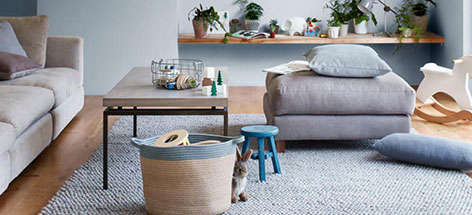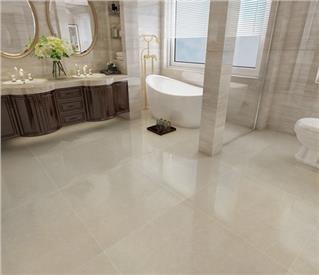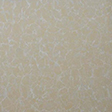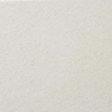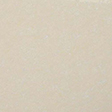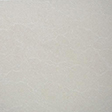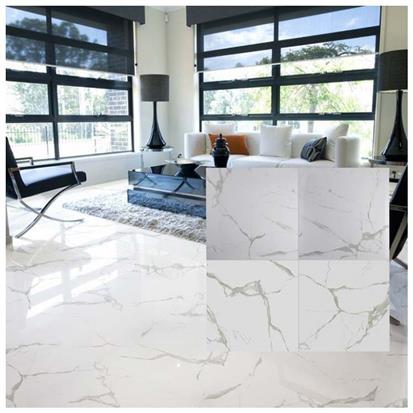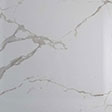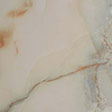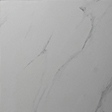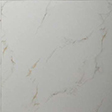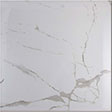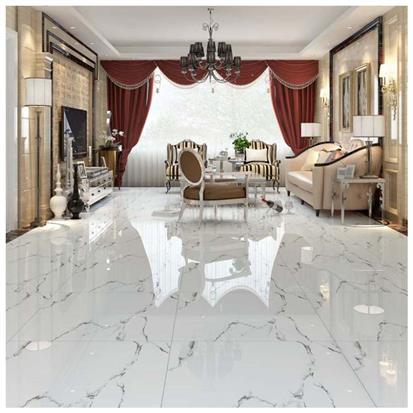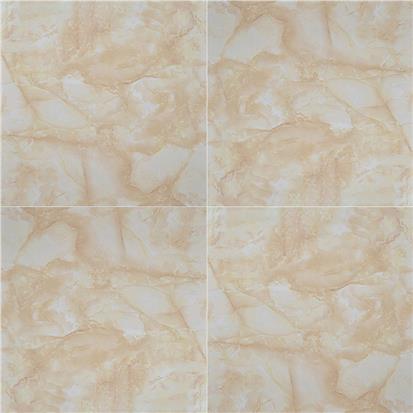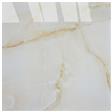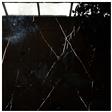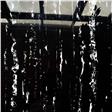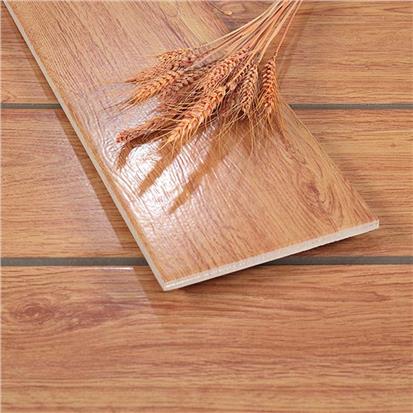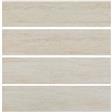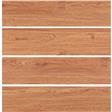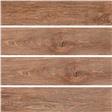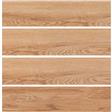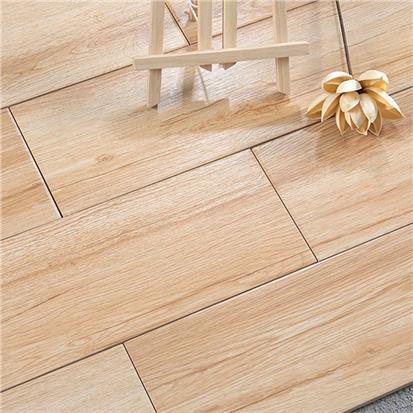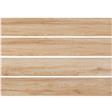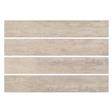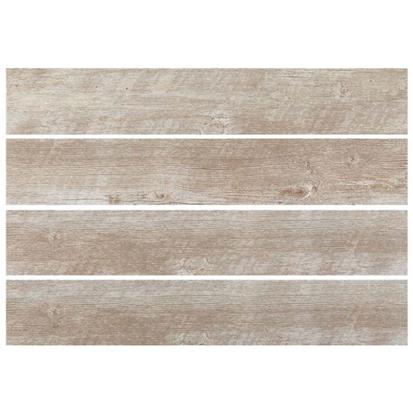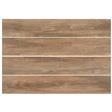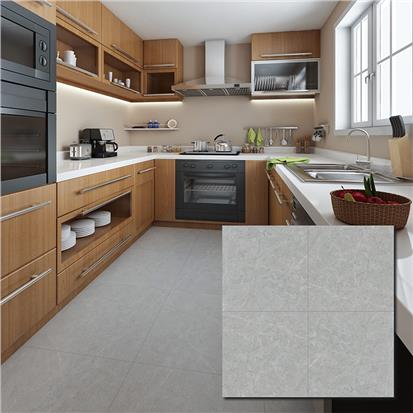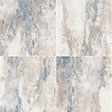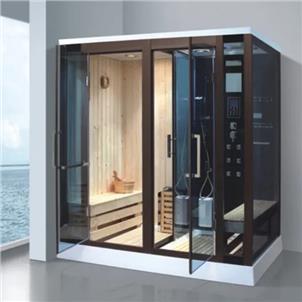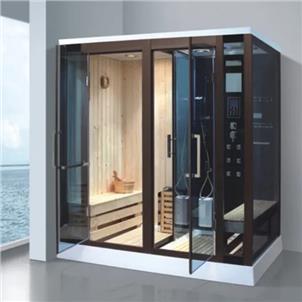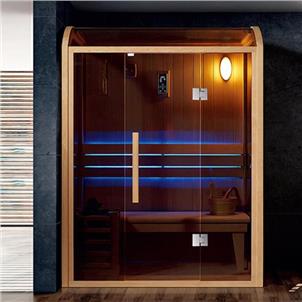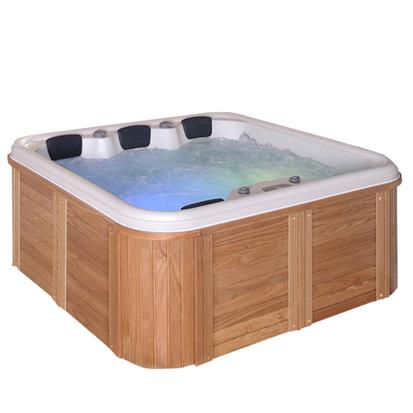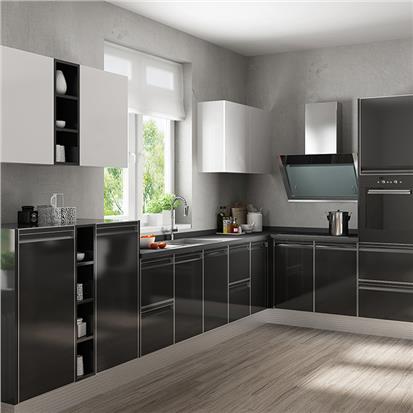The decoration of each family is naturally inseparable from the decoration of the bathroom, and in the decoration of the bathroom, one of the most important is waterproof. If the waterproof is not good, the problem of water leakage will definitely make us collapse. So how do you waterproof a bathroom the right way? The following article covers some bathroom tile waterproof skills and tips, which may save some trouble for your home decoration.
Tips On How To Waterproof Bathroom Tile Floor & Wall
1. Material for bathroom
Bathroom tiles should be low water absorption products, such as ceramic tile with glazed finish or rustic tiles, 2% - 7% water absorption is more appropriate. One third of the tiles can be soaked in half a basin of water and taken out for observation after 5 minutes. If the color of the soaked place is the same as that of the unsweetened place, it indicates that the water absorption is low.
2. Interface processing
The interface between the waterproof coating layer and the base course shall be treated properly to prevent the insufficient strength of the base course leading to the insufficient adhesion between the waterproof layer and the base course. Generally, the interface treatment agent and cement shall be used for composite configuration between the waterproof coating layer and the tile binder, and the waterproof protection layer shall be well done.
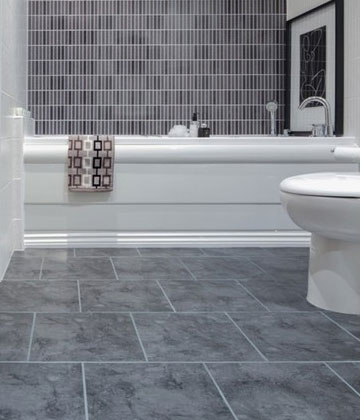
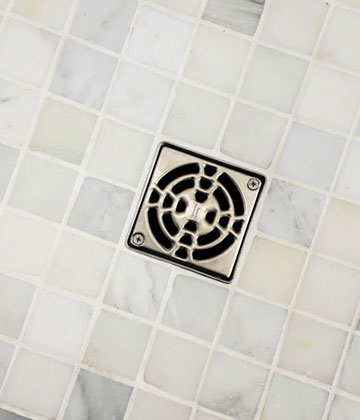
3. Tiling in bathroom shower
Due to the common problems of poor flatness of the wall in the waterproof part, in order to ensure the flatness and smoothness after tiling, the traditional tiling method is generally "thick paste" construction, which is convenient for the flatness of the tile surface. There is a big hidden danger in this construction method, because the cement mortar pasted with ceramic tiles will produce a certain shrinkage, and the thicker it is, the larger the shrinkage will be, and the shrinkage will lead to the decrease of adhesive force, which will eventually lead to hollowing and falling off of ceramic tiles. In view of this situation, ceramic tiles should be pasted during construction. First, the wall should be leveled, and then the tiles should be pasted with "thin paste method" to ensure the lasting adhesive force.
Laying the bathroom tile. After watering, pat it with wooden board to make it flat and firm with tight joints. The ground surface water shall be treated in a slope to floor drain way without flooding or ponding, and only after 24-hour water storage test without leakage.
4. Treatment of tile gap
The gap between the tiles should reach a certain size, generally no less than 2 mm, which is conducive to the release of stress and reduce the probability of hollowing. In addition, the tile joint filling should be full to avoid missing filling and prevent the external moisture from entering into the interior of the tiles, causing adverse effects on the bonding force.
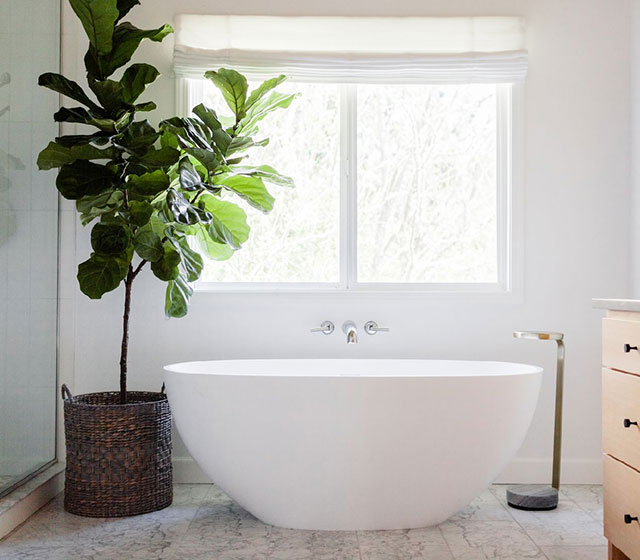
 EN
EN FR
FR PT
PT AR
AR
